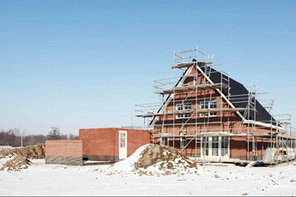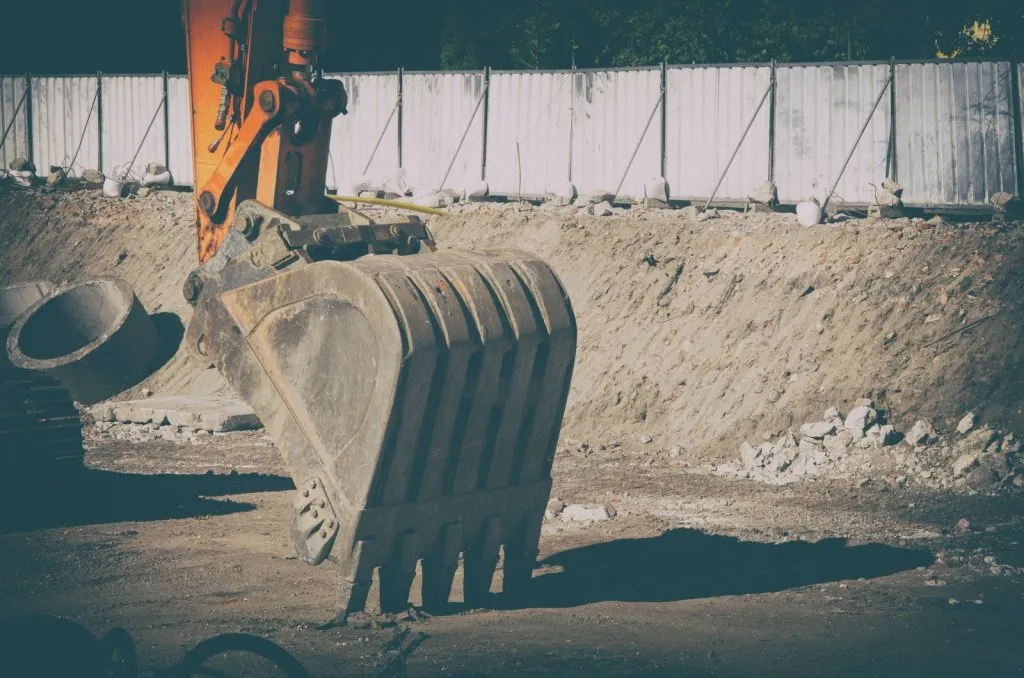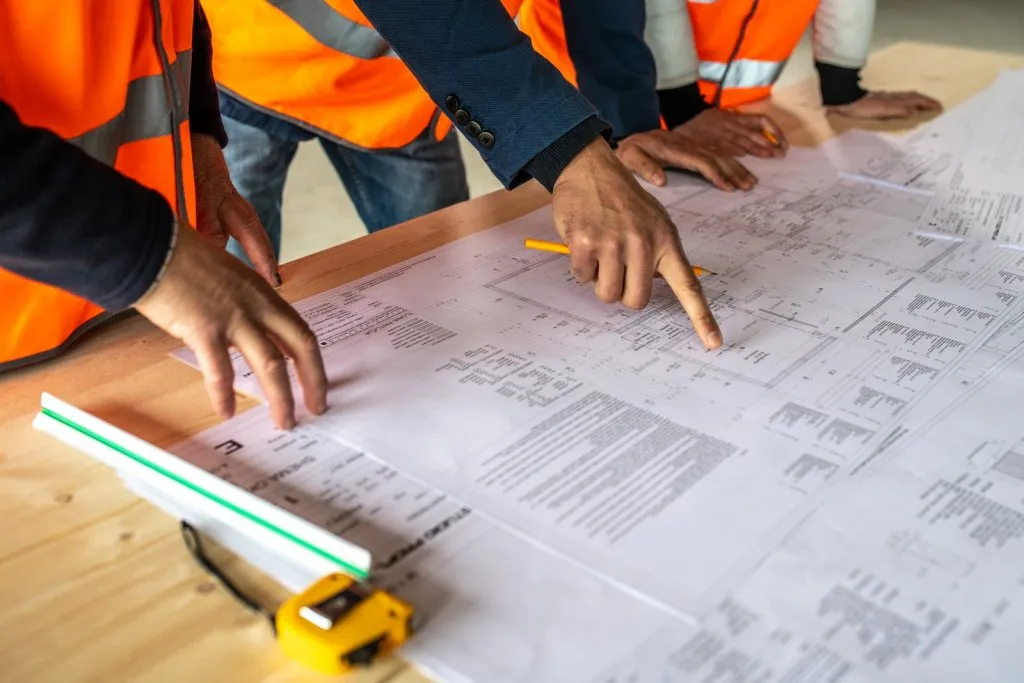
Embarking on any project, especially for a home, is cause for excitement. With any new venture, outdoor construction preparations must be thoughtfully conceived, planned, and properly implemented to execute the intended design.
Among the contingencies that architects, designers, engineers, and homeowners alike must prepare for are provisions in dealing with nature, particularly inclement weather. Canada and other temperate-climate countries experience frigid temperatures during winter. Last year alone, temperatures dropped to -50ºC and is slated to be colder this Canadian winter season.
For large-scale commercial buildings or small-scale home improvements, especially outdoor structures, narrowed down below are some specialized sets of considerations. Whether in the blistering summer heat to cold weather, these considerations can help ensure that home developments can continue all throughout the year.
What to Expect in Winter Construction
No matter how meticulously formulated every developmental phase of a project can be, unforeseeable events can still occur on a job site. Much more so in cold weather when conditions are unstable, and constantly changing.
Freezing temperatures, ice, and snow can inflict problems such as frozen grounds. Hardened earth can slow down or even halt foundation work. The movement of people and transportation are at risk due to slippery roads, and surfaces formed from frost. Sudden weather changes such as high winds, blizzards, and snow storms also endanger the safety of the workers.
Reduce these hazards by taking every precaution and preventive measure in mind to keep the construction moving forward.
Winter Construction Considerations
Attention to detail is valuable for any project – indoor or outdoor construction – to progress. While any hitches are unavoidable, they can be prevented with proper planning, management, and supervision.
For any project, allot a decent timeline that can bear sudden changes without causing further delays. Have familiarity with the procedures, provisions, and methods the project entails. Research and understand the types of materials that are weather-resistant throughout the year. Award the project to an experienced crew, consultants, and service providers who can guarantee project completion in the most realistic of expectations.
1. Job Site Preparation

In unpredictable weather, a proper safety plan benefits the outlook of the project. This means the job site must be prepared beforehand as a preemptive method to secure the work and for the safety of the people involved.
When temperatures drop, any type of moisture solidifies. This creates a thin layer of ice formations on surfaces that are near invisible, called ‘black ice’. While not black in color, the surface around it casts a shadow that disguises the ice or sleet from approaching foot or vehicle traffic. Its texture is so smooth it is prone to slippage, and has been the cause of many accidents.
To prevent and treat ice formations, apply sodium chloride (salt), salt solution, or similar mixtures on surfaces to prevent ice formations. In doing so, it lowers the water’s freezing temperature, loosens the frost, and makes it pliable for removal and clearing.
In winter, weather patterns can shift drastically. Brace, and secure any materials, equipment, or any loose items that can potentially be swept away in the event the weather turns.
Winter weather also means stubborn working conditions that call for additional machinery to help speed up the process. In case of sudden power loss, it is advisable to have backup generators to keep the construction going.
While equipping the site, provide accessible protective gear for the workers, and everyone onsite that’s suitable for cold weather. Whether the construction is indoors or outdoors, allocate heaters or a heated room as a safe shelter where the working team can stay warm at any point during construction.
2. Building Blocks: Materials

Choosing the right materials can make or break the project. Essentially, materials for cold climates must be weather resistant, not only to endure winter but all four seasons. Among the reliable materials suitable for cold climates are wood, stone, brick, metal, and concrete – more importantly, insulation and WRB or weather-resistant barrier.
Wood – specifically redwoods and cedar wood – brick, and stone are natural insulators. Their compositions allow for the absorption of cold and heat, in any season. While brick and stone can be stiff and more structured, wood adds to the warmth and softness of a design. For their use in constructing outdoors, adding a protective coating to these natural materials reinforces their durability. Apart from that, when maintained well, they resist degradation as seen in historical structural marvels around the world.
No matter what new innovation crops up, wood, brick, and stone remain the first design element choices. Not only are they aesthetically beautiful, they also persist through weather and time.
The hard properties in metal and concrete bear the brunt of extreme conditions.
Metals such as steel, and aluminum – to name a few – resist rust and corrosion, making them a standard building material for foundation works since the Industrial Revolution. Many architectural and engineering marvels that exist today were borne from steel construction. Most weather-resistant designs for homes, commercial buildings, and even maritime vessels are made up of steel. From a structural material, metal can also be bent and shaped into intricate details such as outdoor furniture, fences or gates, and lighting fixtures.
As versatile as metal, concrete has evolved since its first discovery many centuries ago. Widely used in construction as expansive as roads and bridges, concrete can be a stand-alone material, or combined with metal for additional reinforcement. Inherently, concrete is fire-resistant and withstands flood damage.
Its makeup comes in a mixture of cement, aggregates such as sand or gravel, and water. Other than poured-in formworks or molds for concrete to form, precast concrete can be retrofitted for a project. Its innovation is in its ease of transportation and onsite installation. The uses of concrete continue to develop and evolve to this day.
A special component in cold-weather construction is keeping a building warm, and safe from snow. Types of insulation and WRB or weather-resistant barriers are essential for indoor construction, and providing heated pavers for pathways and driveways for the outdoors.
Insulation materials vary from fiberglass, mineral wool, cellulose or natural fibers, or foam. They come in loose, densely packed forms, or sprayed-on sandwiched between walls, and at times, the flooring.
WRB or weather-resistant barrier, in wall and roof assemblies, keeps outdoor elements from getting inside. This prevents moisture that can cause mold and mildew from coming in, or worse corrode metal components.
To further safeguard a homeowner and its inhabitants in winter is through heated pavers. Installing a heating system for pathways and driveways helps melt snow, and adds to the safety of maneuvering outdoors through snowfall.
3. Advanced Settings
Modern technology sees its advantages in extending accessibility, safety, and convenience in winter construction. Accurately predicting weather may still be leaps beyond our time, however, having digitizing tactics is a current asset.
One piece of technology that is a growing companion in the construction industry is IoT or the Internet of Things. It integrates software and equipment by connecting the resources to devices aiding in the planning, costing, data analysis, and even monitoring site activities. While it is not yet commonly used, it could set the standard to transform construction, and to further modernize the industry.
New ways of regulating construction works continue to emerge such as real-time management. Merging old and new construction techniques with some creative solutions may also benefit construction projects in the long run.
4. Collaborative Effort

From planning and designing on paper, groundbreaking, then to the construction process, a project passes through many hands. Other than having a proper, strategic plan for cold-weather construction, have on-call service providers whom you can rely on.
Hiring a team of seasoned professionals to undertake outdoor construction from the ground up means that necessary provisions for its completion are taken into consideration, and proper supervision is addressed onsite or even in pre-construction. Trained eyes see details that are sometimes overlooked. The value of building outdoors rests in their techniques, proficiency, and expertise in handling problems that may arise.
As a homeowner, it eases the additional challenges that construction and severe weather can bring, when a trusted team is involved. It is advisable to strategize and plan every step together to ensure deadlines are met. At the same time, maintain service providers to attend to matters of annual winter preparation. While accomplishing a build is a feat on its own, maintenance and anticipating appropriate solutions ensure that the well-being of the project’s inhabitants is cared for.
Brave the Elements
The construction industry knows no season. While the hazards of outdoor construction projects in cold weather run high, the standards of safety and building requirements have become specialized to address a region or country’s unique climate, and weather conditions. Careful considerations exist for the work to avoid standstills in severe weather and carry out the project’s success.
Advancements in technology, and in the building materials available in the market today see major improvements in braving the elements. More so, it is only a matter of time until another breakthrough surfaces in the construction industry once again.
It takes a team to deliver quality work that weathers the elements. For any future outdoor projects, you plan to embark on in any type of season, select a team that you can trust. Put a value on experience such as that of what Hyland Landscapes provides.
















.png)
.png)








Leave Your Comment & Rating Below
0 Comment(s)